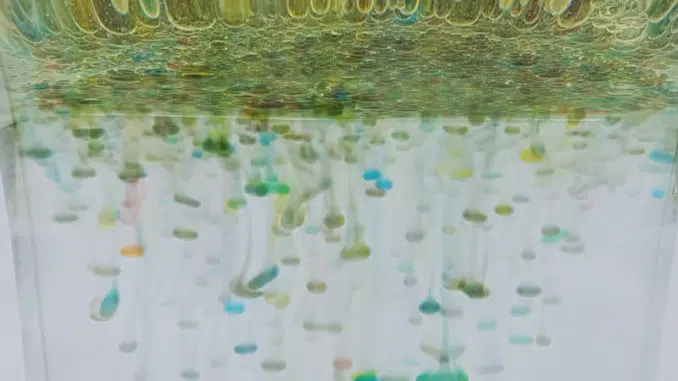
A colorful rain in a glass of water, can you believe it? Here is a bit scientific experiment that is very easy to do and fun. You will discover that the colors used are soluble in water.
You will need:
- 100 ml vegetable oil (sunflower oil)
- Food coloring
- A large glass of water or a jar
- A spoon
- Eyedroppers
- Tap water

From 6 years

Difficulty : easy

This experience requires the help of an adult

Let's experiment
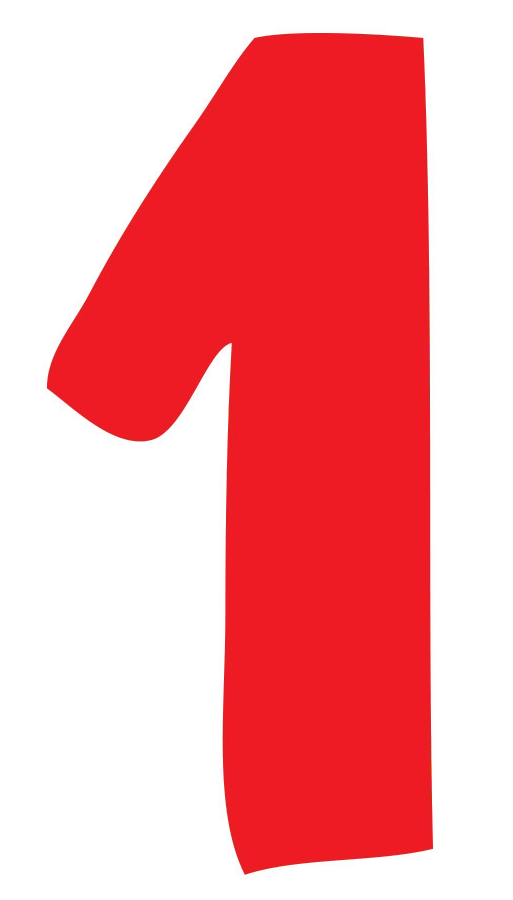
Dilute your food coloring in a bit of water.
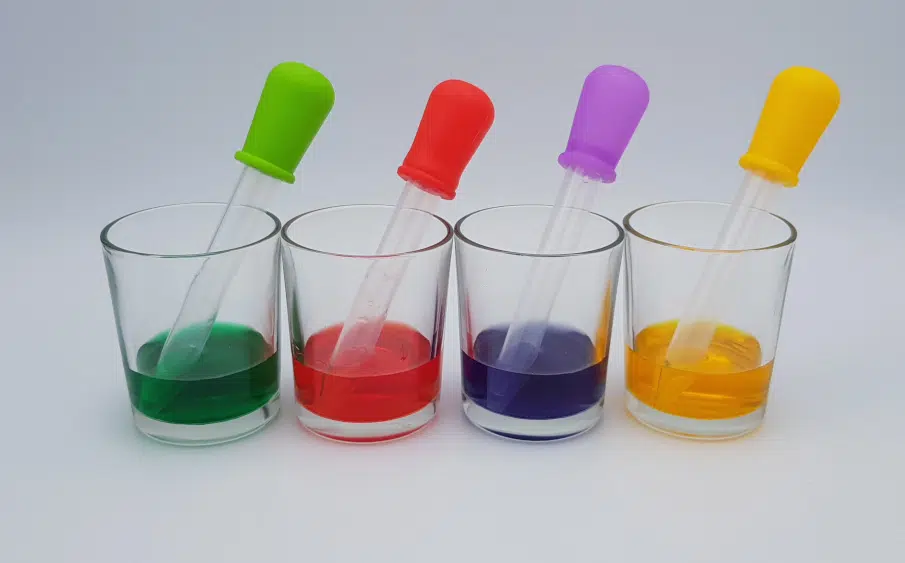
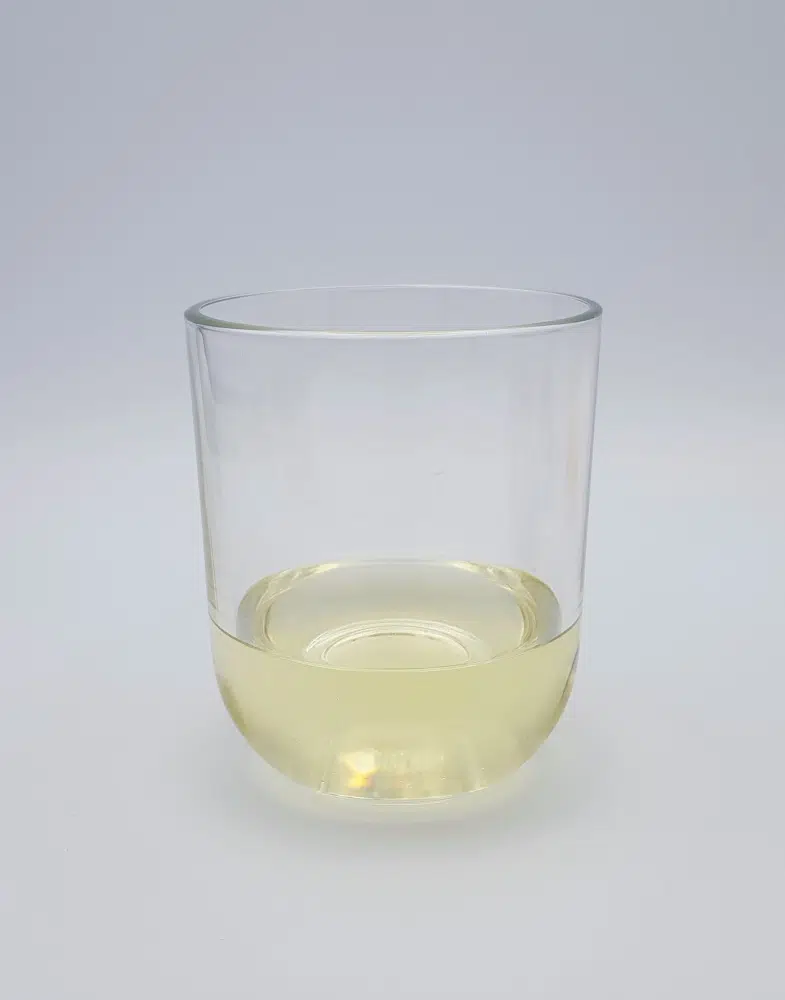

In a small glass, pour the 100 ml of vegetable oil.
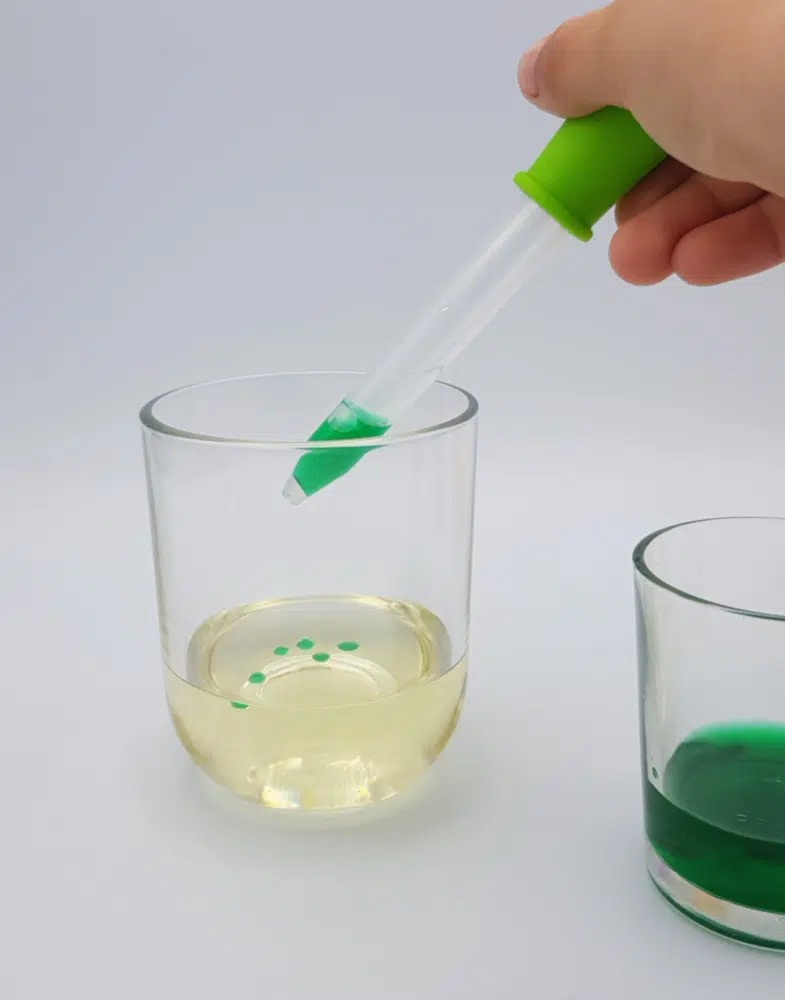

Using an eyedropper, take a small amount of coloring and add it slowly drop by drop.
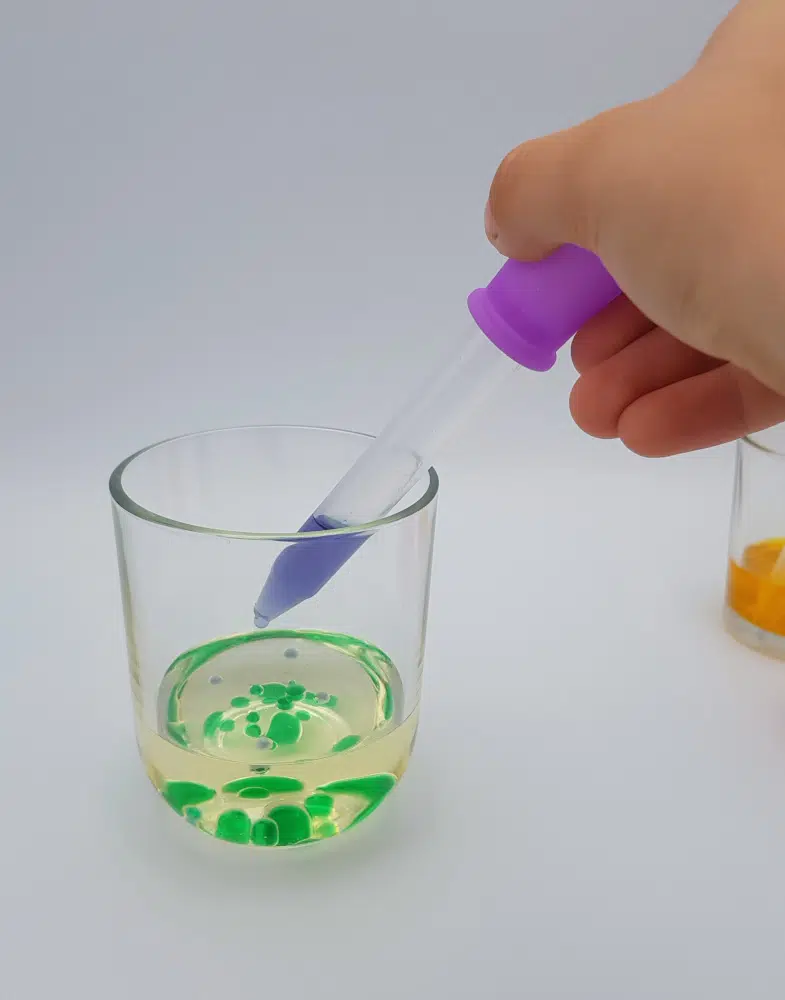

Repeat the operation with the other food coloring. The colored drops fall to the bottom of the glass.
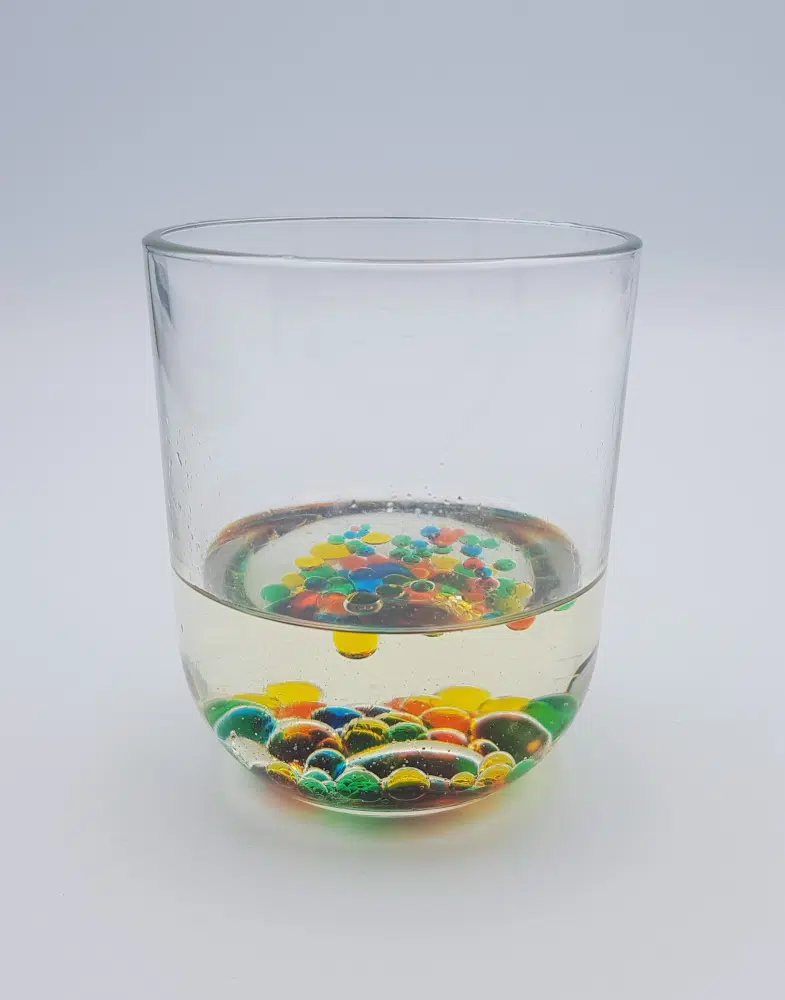
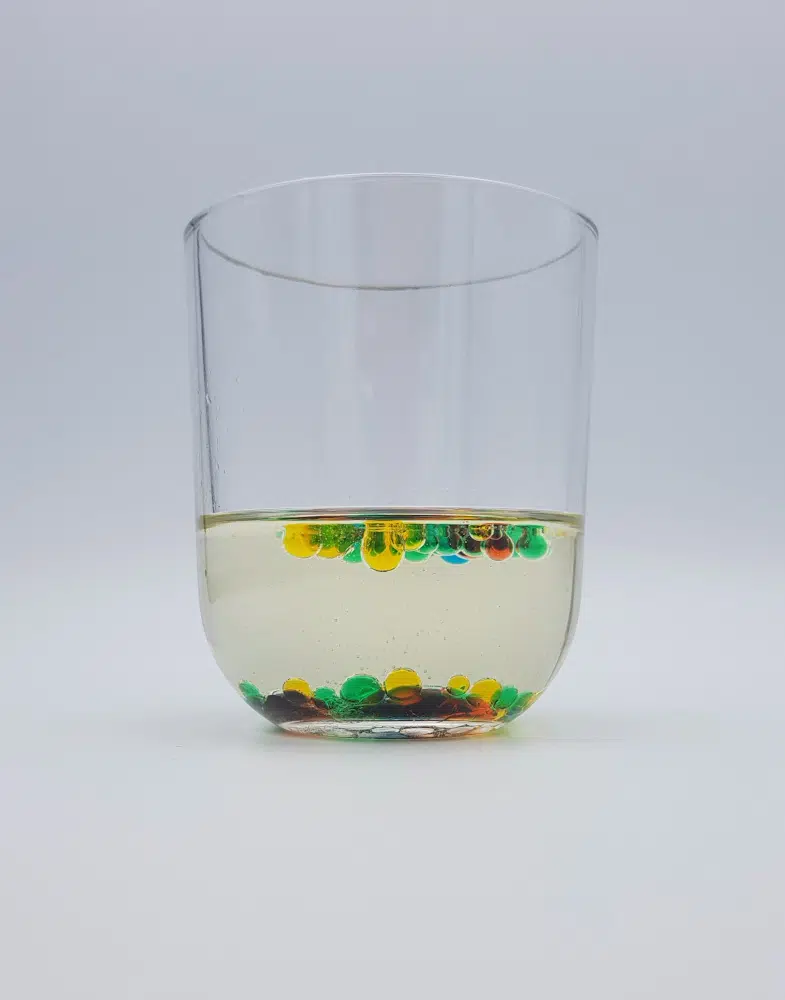
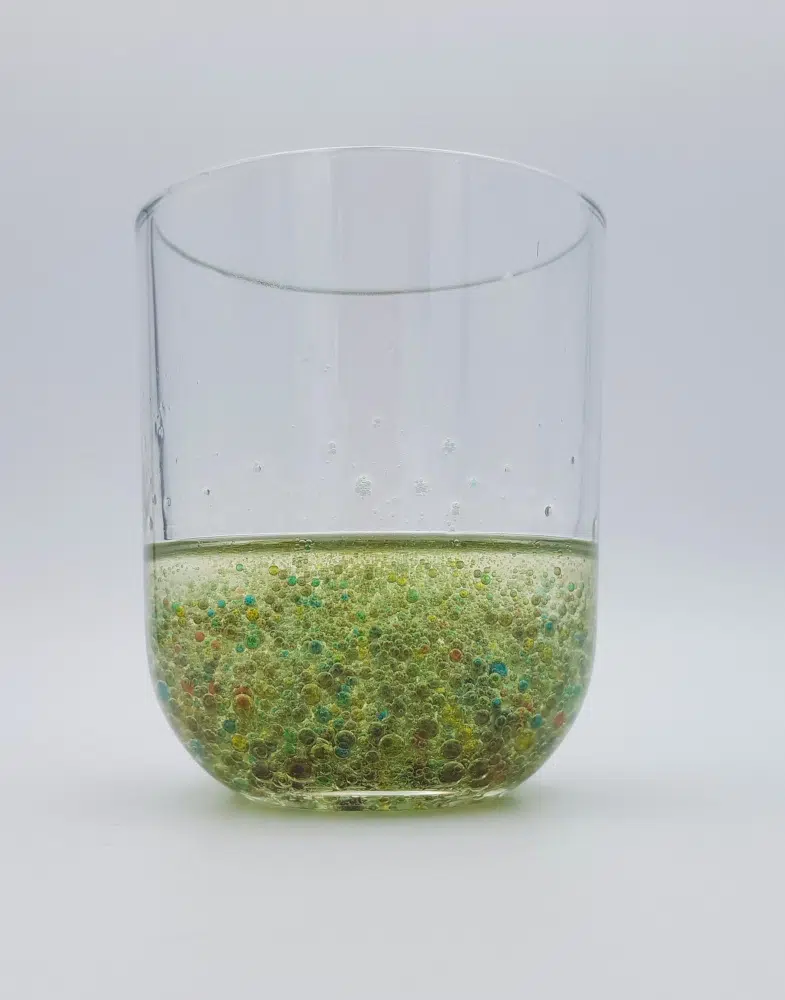

Using a spoon, quickly mix the contents of the oil. Tiny colored bubbles spread out in the oil to give a multicolored mixture.

Fill the jar or your large water glass with tap water or a water bottle.
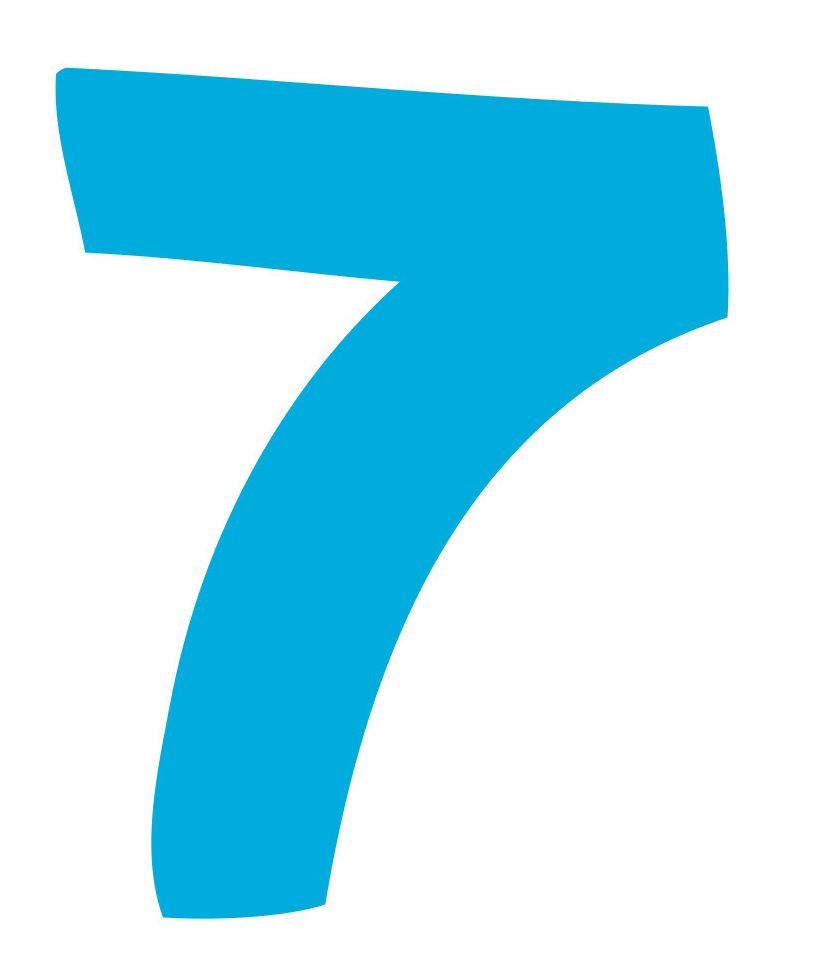
Now pour your colored oil mixture into your water-filled container and wait. Do you see this colorful rain? Do you see a rainbow of colors in the glass of water?
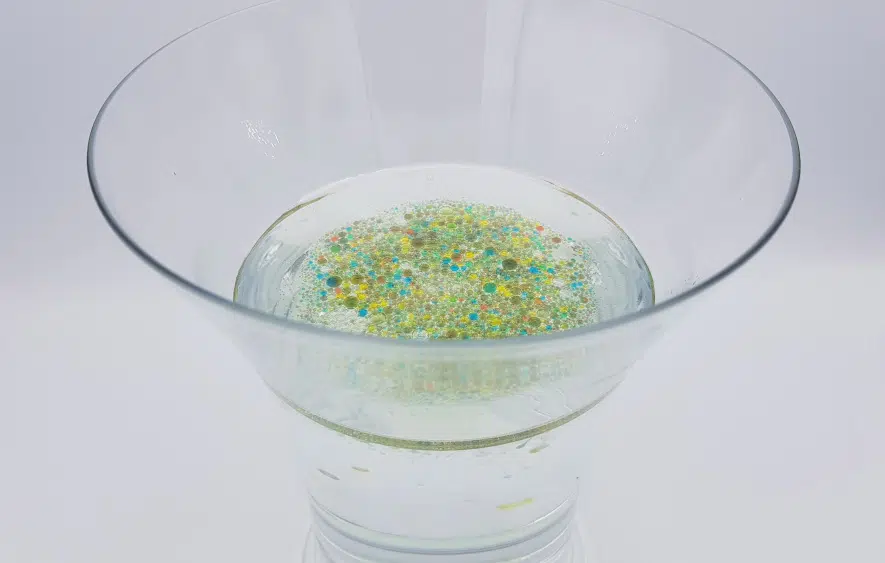
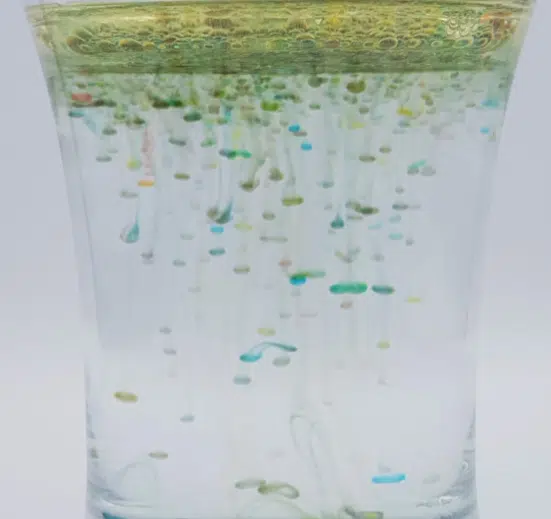
Observation
You can see that slowly, the tiny bubbles in the oil phase burst, and rain of color is released into the glass or the container filled with water. Blue, yellow, red, green drops, it’s a rainbow rain in the jar. You can also observe different shades of color, the result of mixing specific primary colors that you have chosen. The water, initially colorless, gradually becomes colored. You’ve created a colorful rain in the glass.
Understand the experiment
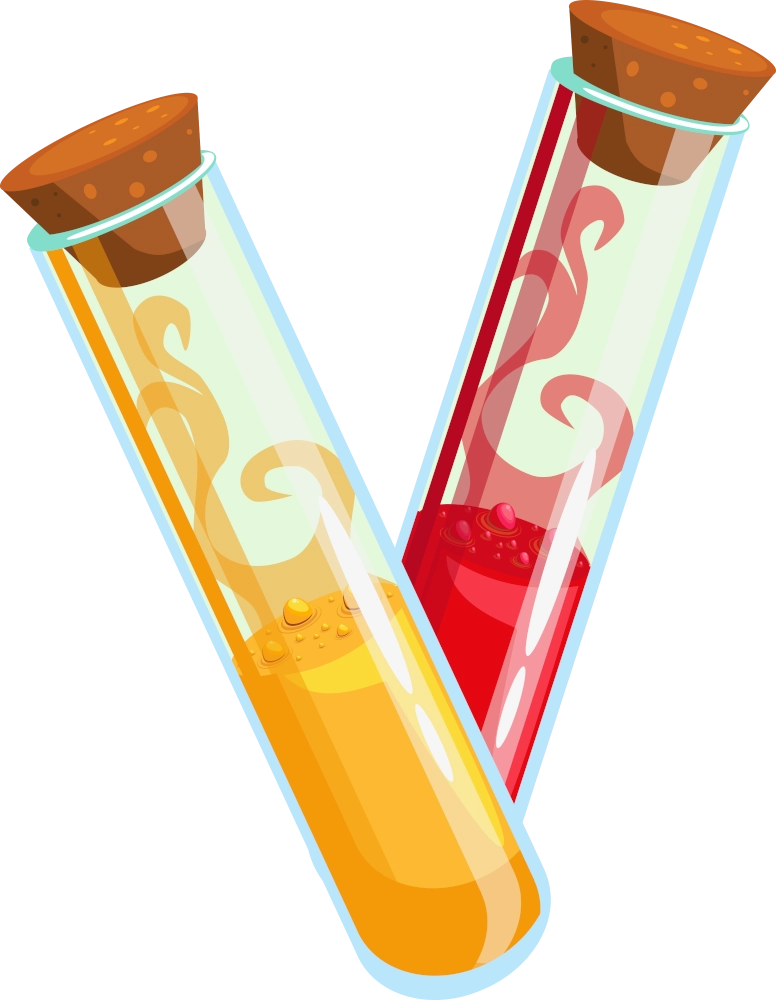
It's all a question of solubility.
Food coloring agents are soluble in the aqueous medium, therefore in water. They are said to be water-soluble. However, these colored pigments are insoluble in sunflower oil. That is why large colored drops are formed instead of mixing with the oil. Since water is “heavier” than oil, the bubbles sink to the bottom of the container.
After stirring with your spoon, you create lots of bubbles in the oil. These bubbles each contain beautiful colors. That is called an emulsion. Wow.
Why does it rain colors in the water?
You do indeed see a multicolored rain in your container. But why? When you pour your oil phase into your large container filled with water, the oil layer remains on the surface. You know that oil and water do not mix. The oil is less dense, so it lies on the surface. In reality, the molecules that make up the oil do not mix with those that make up the water. It is said to be immiscible. However, the bubbles of color trapped in the oil phase come into contact with the water because they are heavier than the oil. The shades trapped in the bubbles immediately diffuse into the water, turning purple, yellow, and red. And an artificial rain slowly falls into your container.
With time, everything mixes. The water takes on a different coloration depending on the colors you choose.
Challenge
Test with hot water instead of cold water.
Does it mix faster?

The volcano science experiment
Observing a chemical reaction in your kitchen is possible with the volcano science experiment. Build your volcano with sand. And then let’s move on to making lava. […]
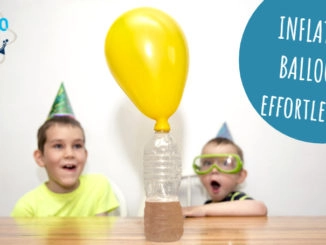
Yeast’s inflating power
Here is a great and visual experience for you to discover the secret world of bacteria. They are very useful to us and we use them in many cooking recipes, for example. Watch how bacteria turn sugar into alcohol and carbon dioxide using a simple soda bottle and a balloon.
It’s a great way to identify which drinks have sugar and which doesn’t. […]
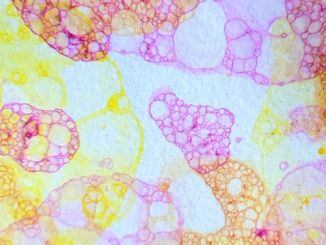
Soap bubbles to make invitation cards
Soap is a lot more fun than you can imagine. Use its exceptional power to create multicolor and original invitation cards by taking advantage of the science behind tensioactive properties! […]


